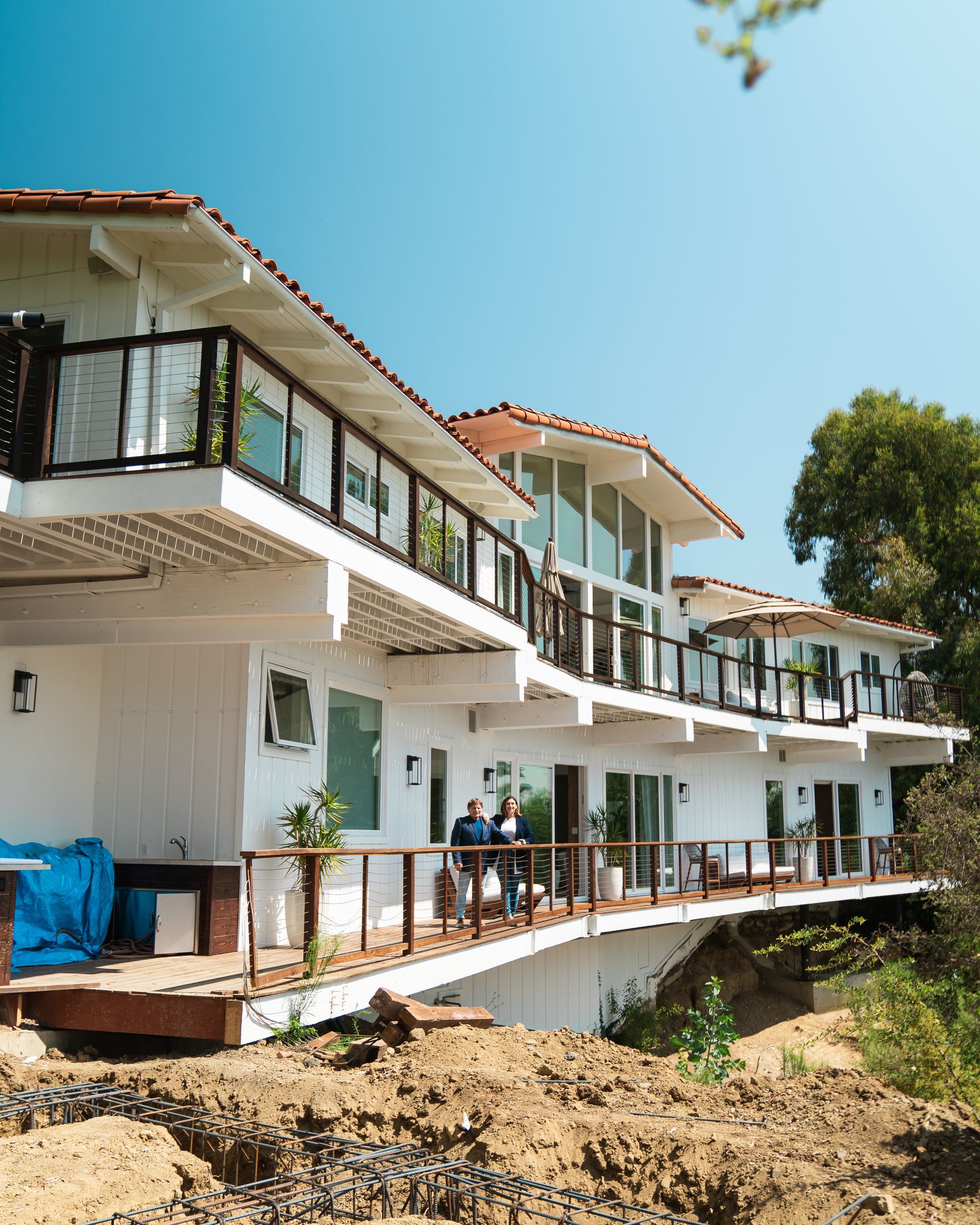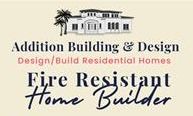Rebuilding After Wildfire: Designing a Fire-Resistant Home in Southern California

The recent Southern California wildfires have left devastation in their wake, destroying homes and displacing families. For one of our beloved clients in Pacific Palisades, a home we carefully designed and built was tragically lost in the fires. While the loss is heartbreaking, it has strengthened our resolve to rebuild with resilience, using advanced fire-resistant materials and design techniques that prioritize safety without compromising beauty.
The Importance of Fire-Resistant Design
Wildfires are becoming increasingly frequent and intense, making it crucial for homeowners to incorporate fire-resistant features into their homes. A well-designed fire-resistant home not only enhances safety but also provides peace of mind for homeowners living in high-risk areas.
At Addition Building & Design, we specialize in creating homes that blend elegance with durability. Our expertise in fire-resistant design ensures that homeowners can rebuild stronger, better, and safer.
Key Fire-Resistant Materials and Techniques
When rebuilding after a wildfire, selecting the right materials and construction methods can make all the difference. Here are some essential elements we integrate into our fire-resistant home designs:
1. Fire-Resistant Roofing
Traditional wood shingles can ignite quickly, making fire-resistant roofing materials such as metal, clay tiles, or asphalt composite shingles a smarter choice. These materials have Class A fire ratings and provide superior protection against flying embers.
2. Non-Combustible Exterior Walls
Using materials like stucco, fiber cement siding, and brick helps prevent fire from spreading to the home. These materials resist ignition and reduce the chances of flames penetrating the structure.
3. Tempered Glass Windows
Standard windows can shatter from extreme heat, allowing flames to enter the home. Installing dual-pane, tempered glass windows provides extra protection, as they are more resistant to heat and impact.
4. Fire-Resistant Doors
Solid-core doors made from metal or fire-rated wood add an extra layer of defense, preventing fire from spreading inside the home.
5. Defensible Space Landscaping
Creating a defensible space around the property helps slow the spread of fire. We recommend using drought-resistant, fire-resistant plants, placing gravel or stone pathways as firebreaks, and maintaining adequate space between trees and structures.
6. Vented and Enclosed Eaves
Open eaves and vents are vulnerable entry points for embers. Installing ember-resistant vent covers and enclosed eaves can reduce the risk of fire entering attic spaces.
Helping Homeowners Rebuild with Confidence
At Addition Building & Design, we are committed to guiding homeowners through the rebuilding process with expertise and care. Whether you have lost your home to wildfire or want to upgrade your existing property with fire-resistant features, we are here to help every step of the way.
If you or someone you know needs assistance in rebuilding a fire-resistant home, reach out to us today:
📞
310.617.2722
📧 Mike@additionbuildingdesign.com | Christine@additionbuildingdesign.com
Together, we can rebuild safer, stronger, and more resilient homes for the future.
Site Map
Contact Us

